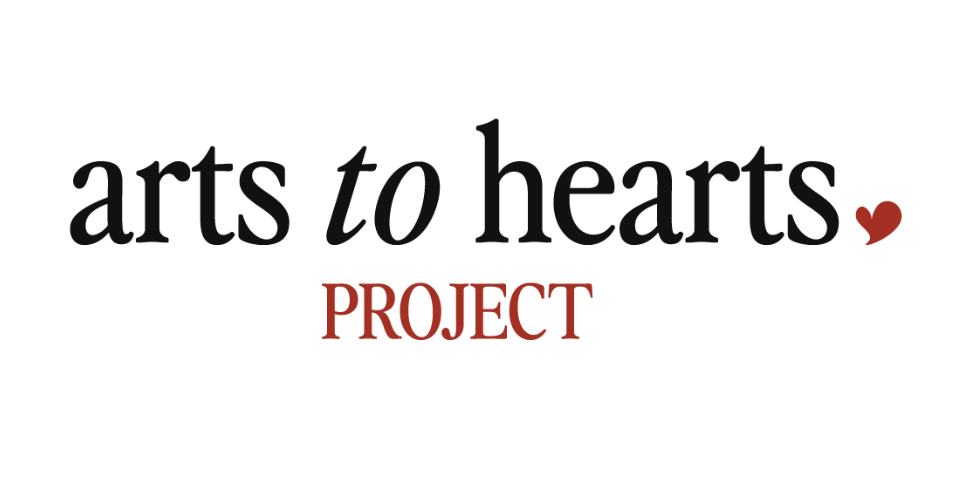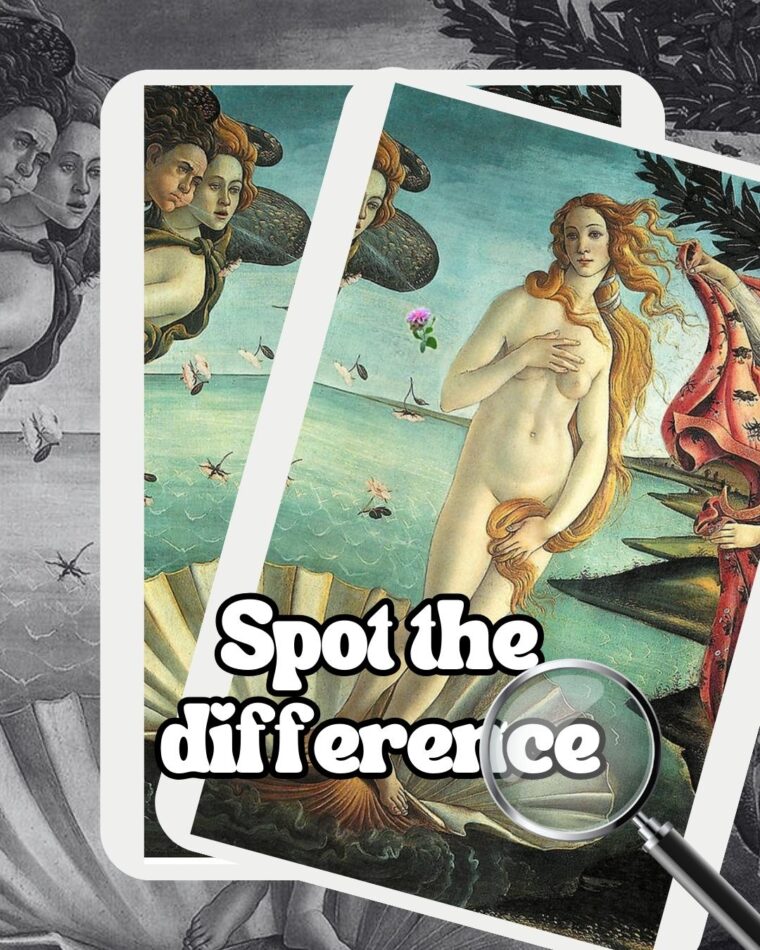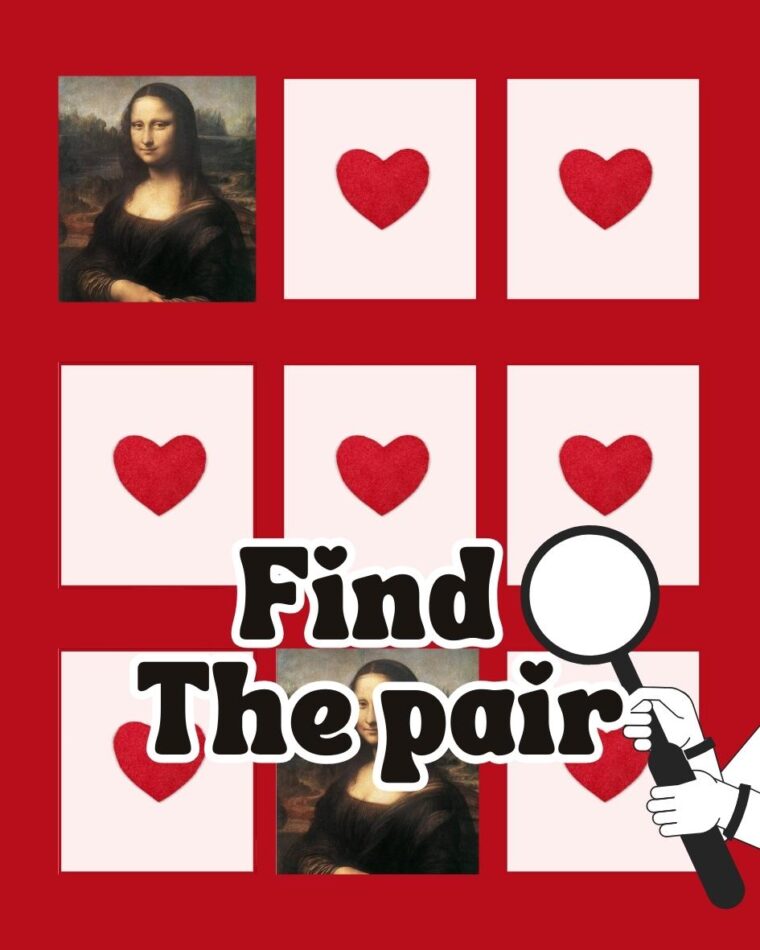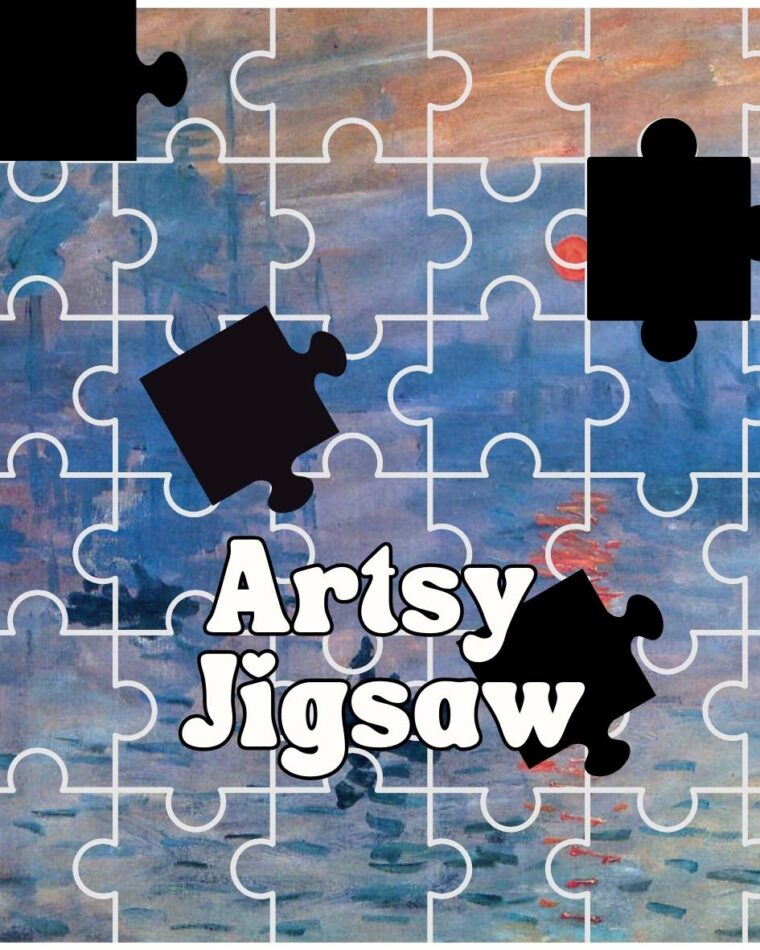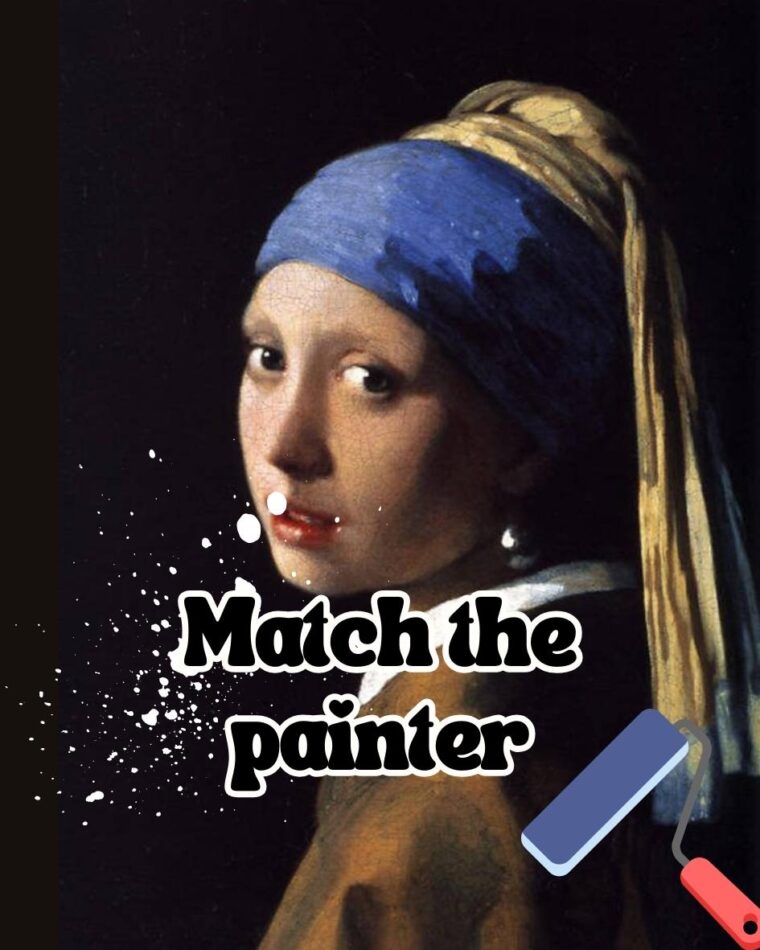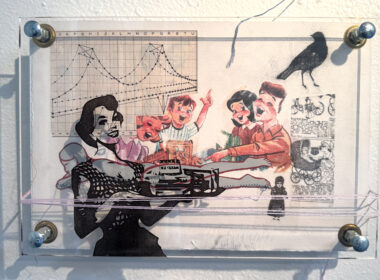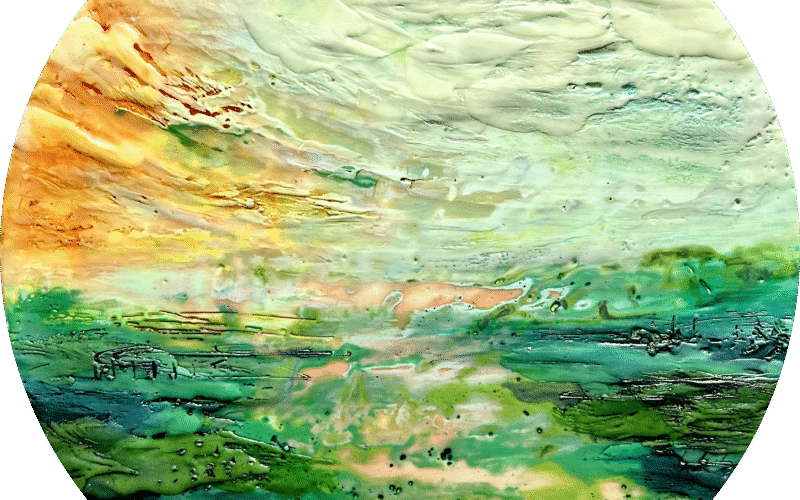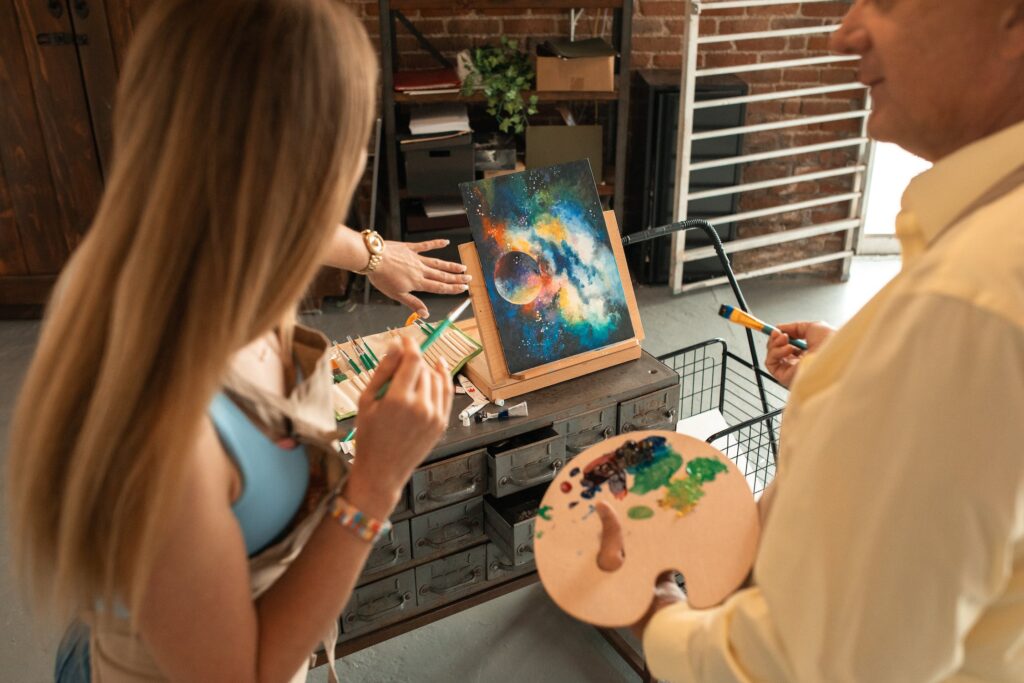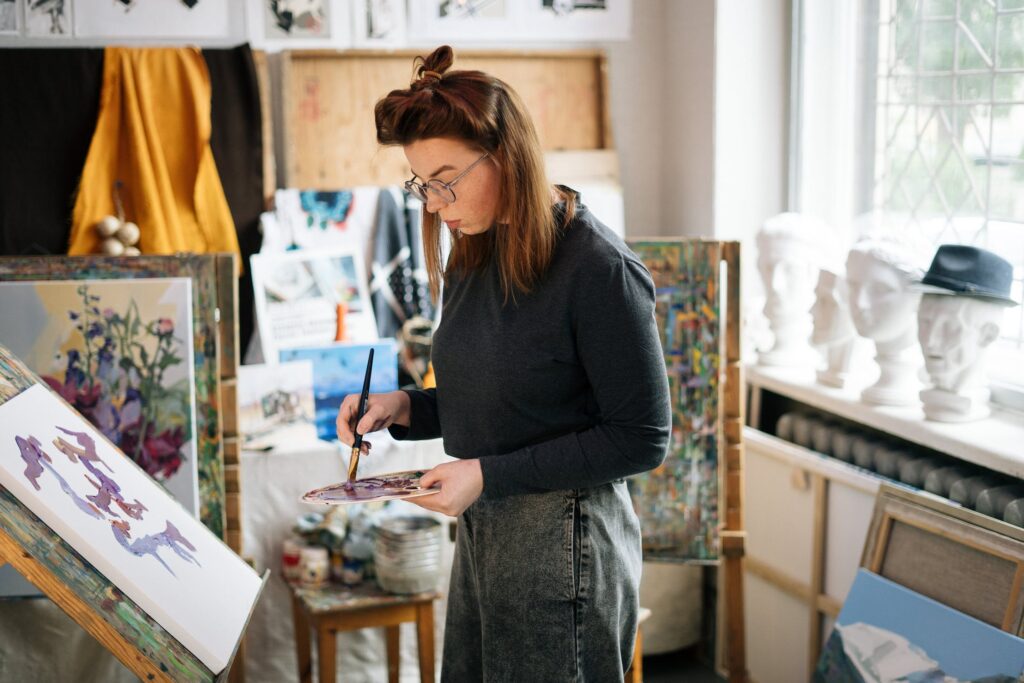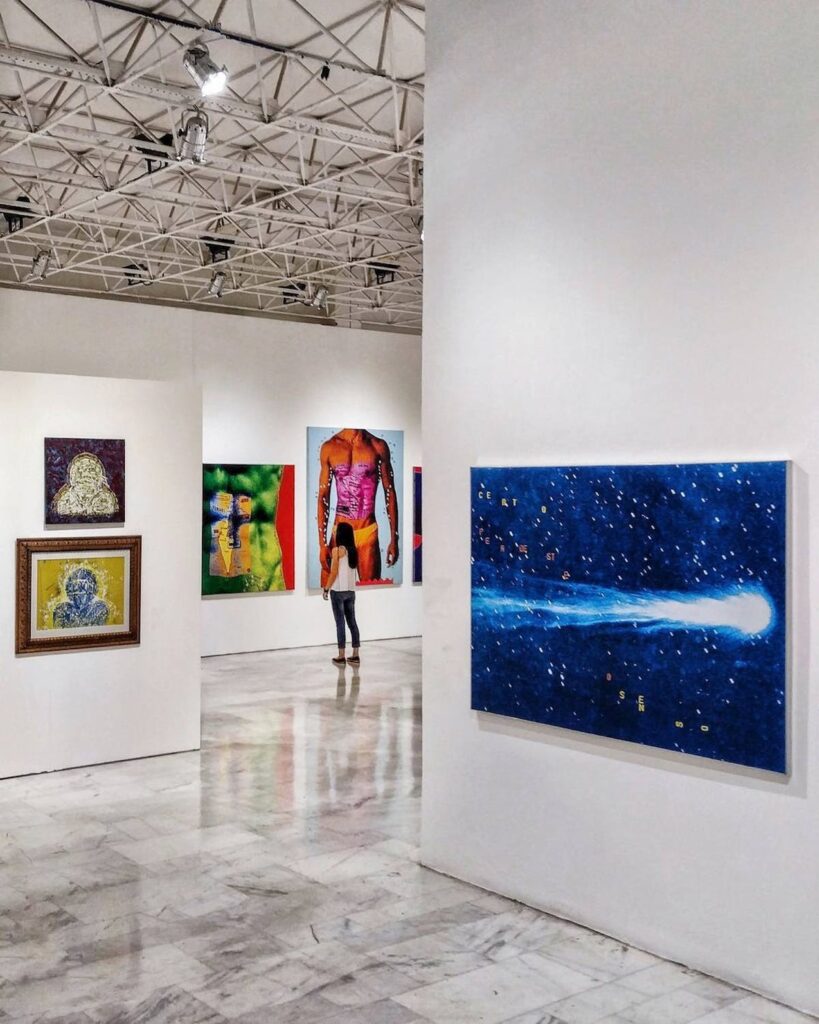
How to Approach Galleries and Get Your Art Displayed



Approaching galleries can feel overwhelming, like stepping into a world you don’t quite understand yet. If you’re an emerging artist, you probably have a lot of questions, some doubts, and maybe a bit of nerves, too. You’ve made work you’re proud of, and now you’re wondering, “How do I actually get this into a gallery?”
Here’s the good news: you don’t need to be famous, have gallery representation, or even an art degree to get your work out there. What you do need is a clear plan, a professional approach, and the confidence to keep going, even when things feel uncertain.
Let’s break down how to make that happen, step by step, in a way that actually works. No fluff. Just real talk.
First Things First, Not Every Gallery Is The Same
Before you start reaching out, it’s important to understand the types of galleries that exist. Not all galleries function the same way, and identifying the right kind of space for your work is crucial.
Types of Galleries:
- Commercial Galleries: Represent artists and sell work to collectors. These are selective and often work on long-term relationships.
- Artist-Run Spaces: Often more experimental and open to emerging artists.
- Pop-Up or Temporary Spaces: Short-term, flexible venues are great for independent shows or collectives.
- Non-Profit or Community Galleries: Focus on accessibility and cultural engagement, not necessarily sales.
- Online Galleries/Virtual Exhibitions: A growing sector that allows global exposure without the cost of shipping and framing.
Not every space is appropriate for every artist. Tailor your approach to the kind of gallery that aligns with your goals and practice.
Research Galleries Before Reaching Out
It’s a common mistake to mass-email galleries without doing any research. Curators and directors can tell immediately if you’re sending out a generic pitch.
Here’s what you should do:
- Visit the gallery’s website and review past exhibitions.
- Read their mission statement and curatorial focus.
- Follow them on Instagram or sign up for their newsletter.
- See if they work with emerging artists or prefer established names.
This research helps you decide if your work is a good fit , and makes your pitch more relevant.
Let’s Talk About Your Portfolio
You don’t need a fancy, slick website to impress a gallery. But you do need a clean, well-organized portfolio. That means high-quality images (natural lighting, no filters), consistent formatting, and clear information: title, medium, dimensions, and year.
Stick to 10–15 pieces that show a sense of cohesion. That doesn’t mean all the work has to look the same, but there should be a thread connecting them — whether it’s the style, subject matter, or concept.

And yes, you do need an artist statement. Think of it like an introduction, not a dissertation. Just a few short paragraphs that explain what your work explores, what motivates you, and maybe what questions you’re asking through your practice.
What to Include:
- 10–15 cohesive artworks with titles, medium, dimensions, and year.
- Artist Statement (short, 150–250 words) that explains your practice and themes.
- CV (including exhibitions, education, residencies, publications if any).
- Contact information and links to your website or social media.
Reaching Out? Keep It Simple, Personal, And Respectful
Okay, so you’ve found a gallery you love. You’ve got your portfolio ready. What now?
You send an email, not a novel, not a press release, just a short and thoughtful message. Introduce yourself, mention why you’re reaching out (be specific), and include a link to your work or attach a portfolio PDF if requested. Reference something they’ve done recently to show that you’re genuinely interested in their program.
The tone matters. Be polite, not pushy. This isn’t a sales pitch, it’s a conversation starter. You’re not just asking them to show your work. You’re inviting them into your world.
Sample Email Structure:
Subject Line: Artist Submission – [Your Name]
Body:
“Hello [Gallery Name or Curator],
I’ve been following your work and really appreciated your recent exhibition, [Name of Show]. I’m a visual artist working in [medium], and I’m currently seeking exhibition opportunities that align with my practice.
I believe my work could be a strong fit for your space, given your focus on [insert theme/style]. I’ve attached a short portfolio and artist statement for your review.
Thank you for your time and consideration.
Best regards,
[Your Name]
[Website / Social / Contact Info]”
Be polite. Be concise. And always proofread.
Not Ready To Email Galleries? Start With Open Calls
If you’re not quite ready to contact galleries directly, or you’re just trying to get your feet wet, open calls are an amazing way to get started. These are public submissions for exhibitions, publications, awards, and residencies, often juried by curators or industry professionals.
And yes, there are legitimate platforms that run excellent open calls.

For example, Arts to Hearts Project is doing amazing work in uplifting emerging women and other artists. They run virtual shows, publish studio visit books, and feature artists across their website and socials. Their submission process is clear and supportive, and they’re genuinely committed to creating opportunities.
There’s also an Open Call for Artists, a global platform where you can find ongoing calls for group exhibitions, online galleries, and artist features. It’s curated but accessible, and great if you’re looking to build visibility.
Another one to keep your eye on is Res Artis. While it focuses on residencies around the world, many of these include exhibition components. Some even offer virtual residencies and shows, so you don’t need to travel to get involved.
And then there’s ArtConnect, especially great for artists working in contemporary, conceptual, or experimental media. Based in Berlin but fully international, they offer online exhibitions, artist spotlights, and a regular feed of calls curated for serious creatives.
Show Up Before You Show Your Work
Here’s something a lot of artists forget: the art world is a community, not just a marketplace. If you want people to engage with your work, you also need to engage with theirs. That means showing up.
Go to gallery openings. Attend artist talks. Follow curators and gallerists online. Leave thoughtful comments, not spammy ones. If a space has a newsletter, subscribe. Learn about their values, their interests, and their current projects.
When you engage with a gallery before you approach them, it shows. And it helps build the kind of familiarity that leads to real opportunities.
Rejection Will Happen And That’s Not The End
Here’s the honest truth: you will get rejected. Sometimes you won’t even get a response. And it’s easy to take it personally, especially when you’ve poured so much of yourself into your work.
But rejection in the art world isn’t always about quality. It can be about timing, theme, space, budget, even logistics. Sometimes your work just doesn’t fit into that specific show, and that’s fine. It doesn’t mean your work doesn’t matter. It just means it didn’t align there.
What matters is that you keep going. Keep refining your presentation. Keep applying to the right opportunities. Keep learning. Most importantly, keep making art, that’s the core of all of it.
Don’t Wait To Be “Discovered”
The biggest myth is that one day a gallery will knock on your door and ask you to exhibit. And sure, that happens occasionally. But most artists don’t get “discovered”. They put themselves out there.
They apply. They show up. They submit to open calls. They build relationships. They keep making work, even when no one’s watching. Eventually, the right people do watch. And it’s often because the artist made it easy to be found.

So don’t wait. Start where you are. Use what you have. Reach out. Apply. Share. Exhibit. Repeat.
Let Me Remind You!
Getting your art into galleries isn’t about luck. It’s about building a strong foundation, doing your homework, and showing up with intention. Whether it’s through a cold email, an open call, or an online platform, every step you take increases your visibility and your chances.
And remember: your art is worth showing. Keep creating. Keep connecting. You never know who’s watching, or what doors might open next.

